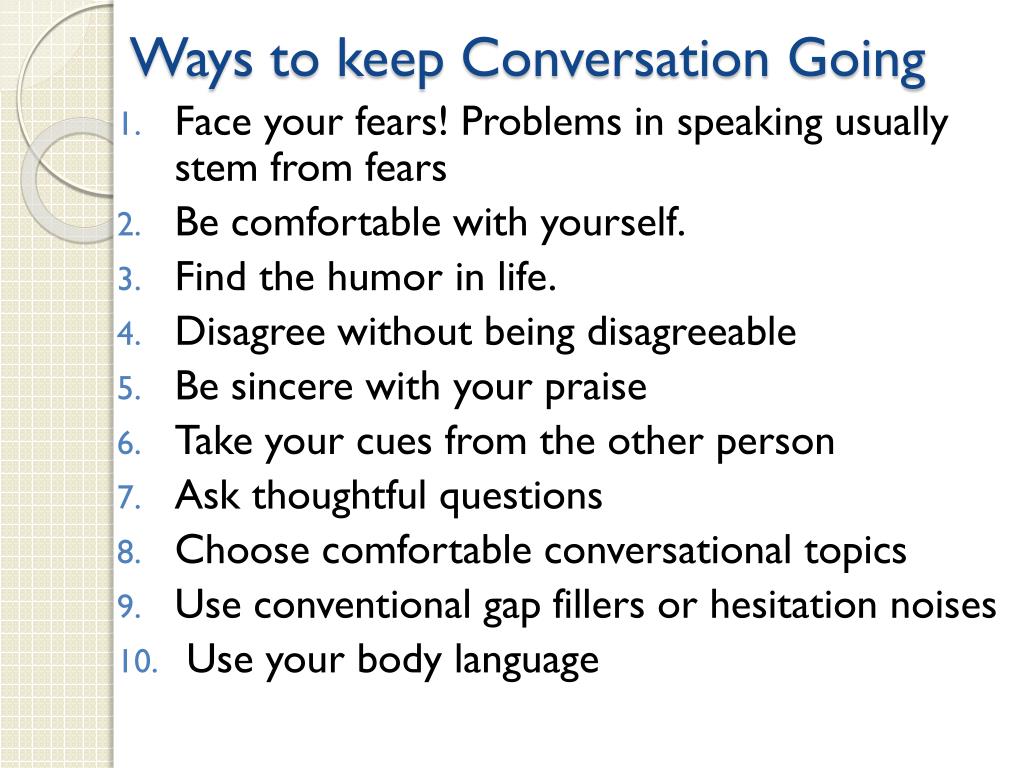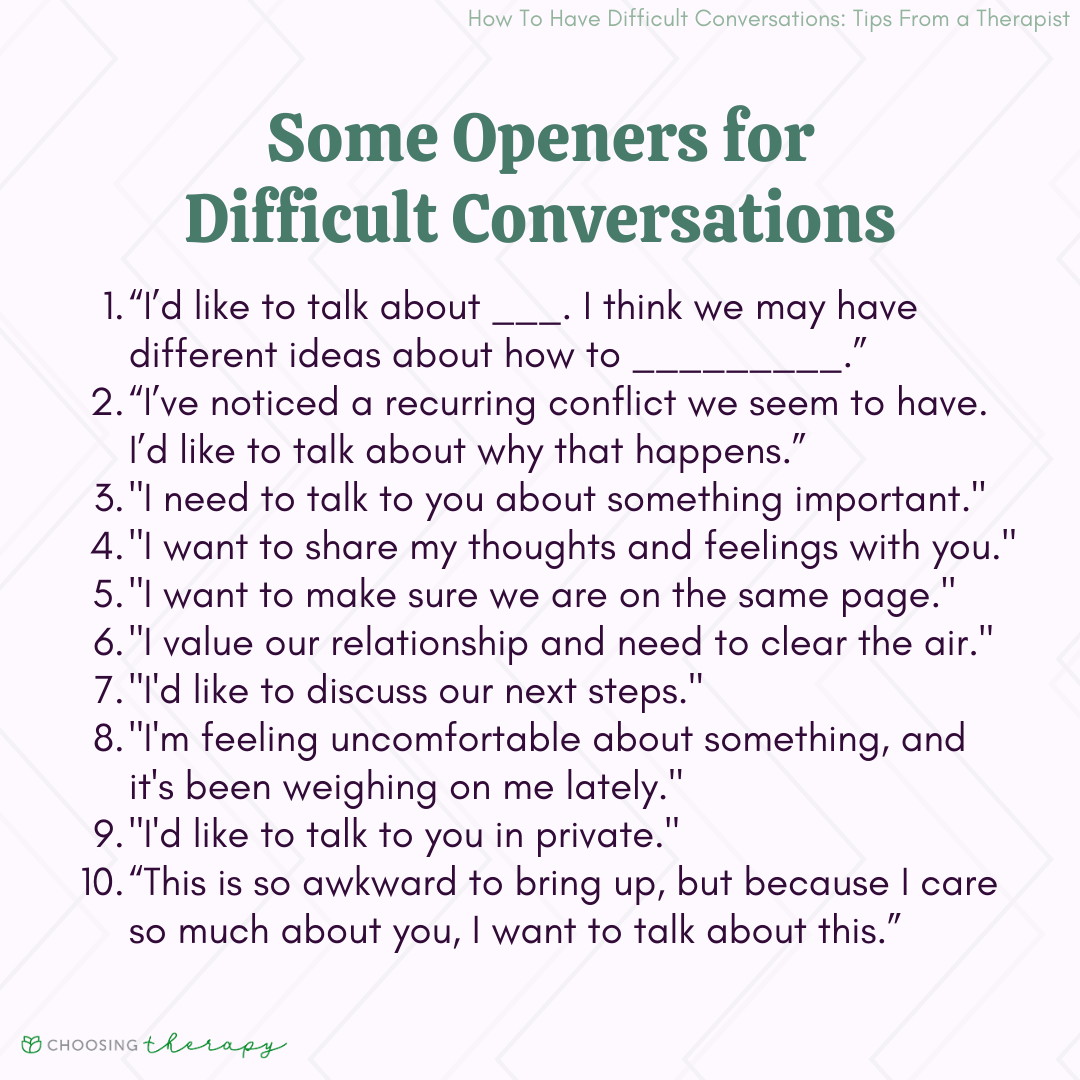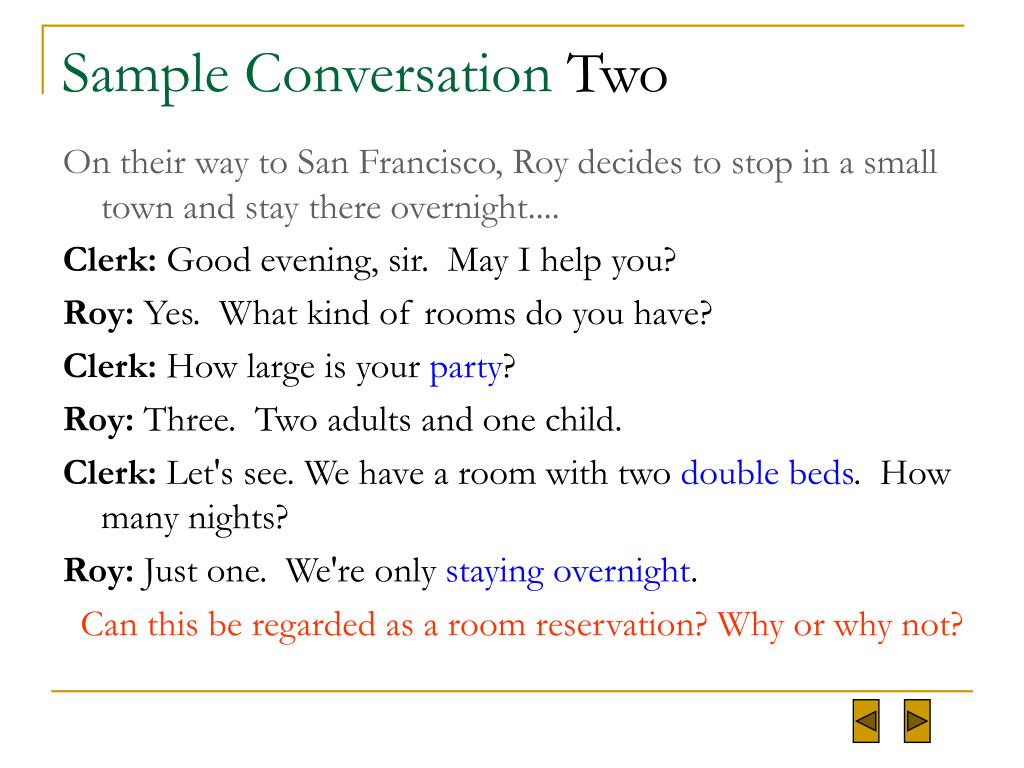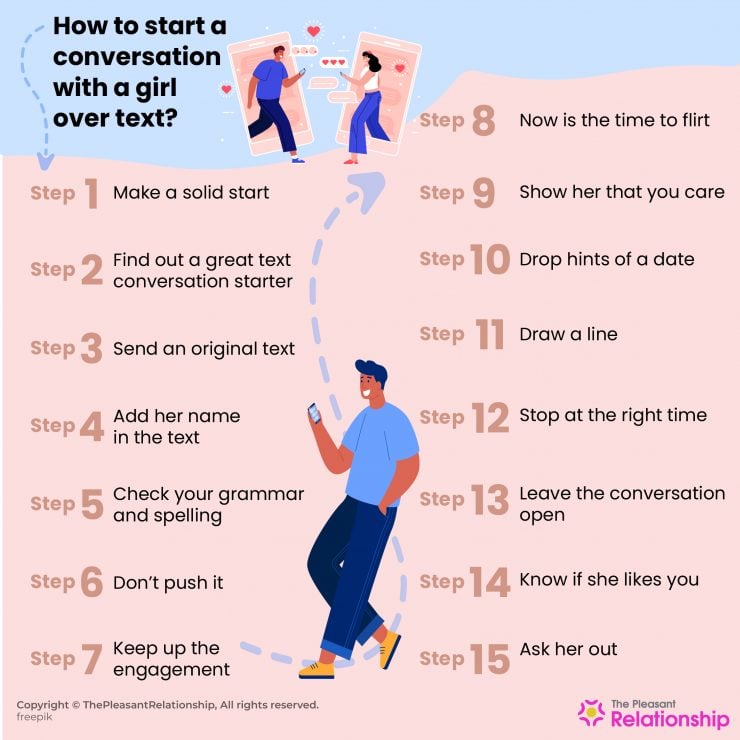How To Be Able To Hold A Conversation

The aroma of freshly brewed coffee hangs heavy in the air, mingling with the quiet murmur of voices. Sunlight streams through the cafe window, illuminating dust motes dancing in the air as two friends huddle over steaming mugs. One leans forward, engaged and animated, while the other sits back, a polite smile fixed on their face, but their eyes betray a flicker of anxiety. They’re present, but not truly *present* – struggling to find the right words, the right questions, the right way to connect.
Learning how to hold a conversation is a fundamental skill, pivotal for building relationships, navigating social situations, and even advancing professionally. It's more than just exchanging words; it's about creating a connection, fostering understanding, and leaving the other person feeling heard and valued. This article delves into practical strategies and mindset shifts that can transform you from a hesitant participant to a confident and engaging conversationalist.
The Foundation: Active Listening
At the heart of every good conversation lies active listening. It's not simply hearing the words, but truly processing their meaning, both spoken and unspoken.
This means paying attention not just to the speaker's words but also to their body language, tone of voice, and underlying emotions. According to a study by the Center for Nonverbal Communication, a significant portion of our communication is nonverbal, highlighting the importance of tuning into these cues.
Practice techniques like summarizing what you've heard ("So, if I understand correctly, you're saying..."), asking clarifying questions ("Could you tell me more about...?"), and offering empathic responses ("That must have been frustrating").
Beyond Listening: Asking the Right Questions
Good questions are the fuel that keeps a conversation flowing. Avoid closed-ended questions that can be answered with a simple "yes" or "no."
Instead, opt for open-ended questions that encourage the other person to elaborate and share their thoughts and feelings. Examples include: "What was the highlight of your week?" or "What are you most passionate about these days?"
Follow-up questions are also crucial. Listen carefully to the response and then ask a related question that delves deeper into the topic. This shows genuine interest and encourages further dialogue.
Remember the FORDs
To avoid conversational lulls, remember the FORDs: Family, Occupation, Recreation, and Dreams. These are classic topics that are generally safe and engaging.
For example, you might ask about someone's siblings, their favorite aspects of their job, their hobbies, or their aspirations for the future.
Tailor your questions to the context and your existing knowledge of the person. Avoid being overly intrusive or asking questions that are too personal too early in the conversation.
The Importance of Shared Experiences and Vulnerability
While asking questions is essential, a conversation is a two-way street. Sharing your own experiences and being a little vulnerable can create a stronger connection.
This doesn't mean oversharing or dominating the conversation with your own stories. It means finding common ground and offering relevant anecdotes that relate to what the other person is saying.
Authenticity is key. Be yourself, and don't try to be someone you're not. People can usually sense when someone is being disingenuous, which can hinder connection.
Managing Anxiety and Building Confidence
For some, the biggest hurdle to holding a conversation is anxiety. It's natural to feel nervous, especially in unfamiliar situations or when meeting new people.
Practice is key. Start with small, low-pressure conversations with people you know well, like family members or close friends. Gradually expand your comfort zone by striking up conversations with strangers in casual settings.
Remember that everyone makes mistakes. If you stumble over your words or say something awkward, don't dwell on it. Acknowledge it with a lighthearted apology and move on. Brene Brown, a leading researcher on vulnerability, emphasizes that embracing imperfections is essential for building authentic connections.
The Art of Graceful Exit
Knowing how to end a conversation gracefully is just as important as knowing how to start one.
Look for natural lulls in the conversation and signal that you need to leave by saying something like, "It's been great talking to you, but I should probably get going."
End on a positive note by thanking the person for their time and expressing your hope to talk to them again soon. A genuine smile and a firm handshake can leave a lasting positive impression.
Ultimately, learning to hold a conversation is a journey of self-discovery and connection. It's about being present, listening deeply, and sharing authentically. The more you practice, the more confident and comfortable you'll become, and the more rewarding your interactions will be.

:max_bytes(150000):strip_icc()/how-to-start-a-conversation-4582339-5c6f2d15c9e77c000151ba0f.png)
















